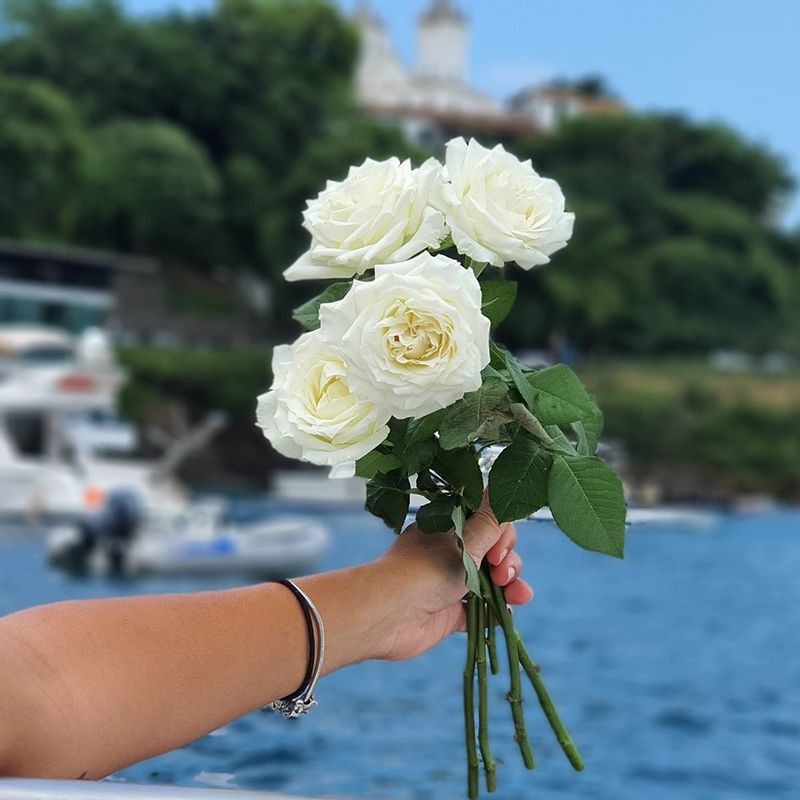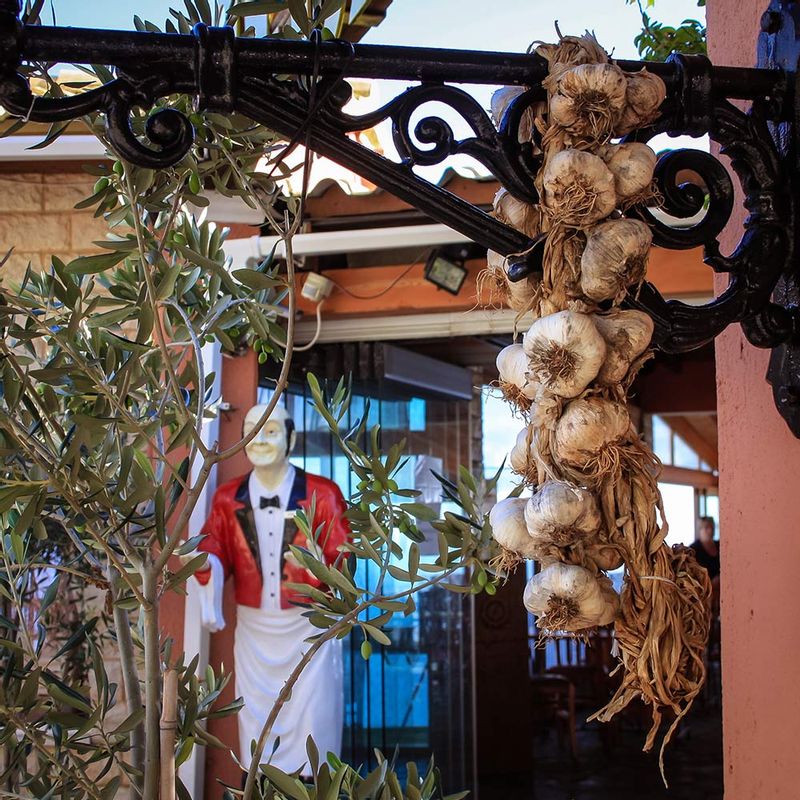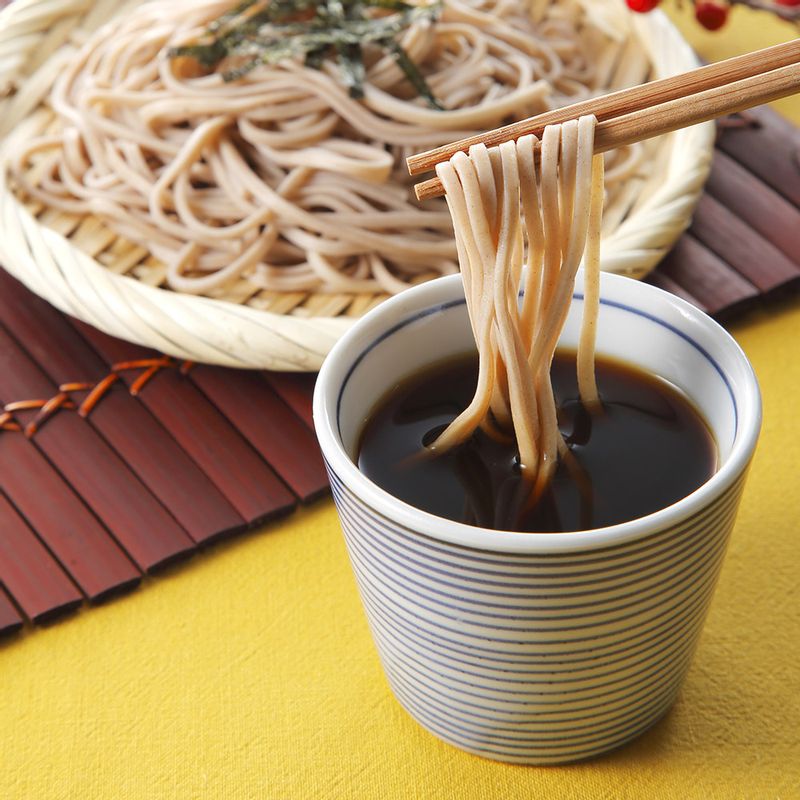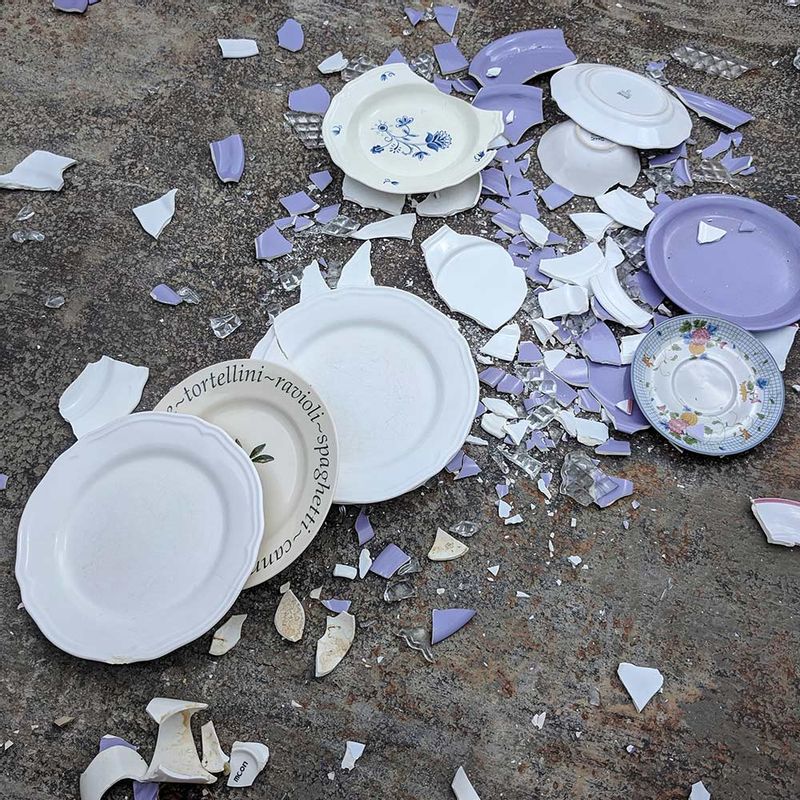It’s another New Year and time for good tidings. After all, starting the year on a good note, especially in the light of the pandemic has assumed renewed importance. We list seven such traditions practiced across the world that are believed to bring good luck.
1. Eating grapes for good luck in Spain

The Spanish believe that eating 12 grapes when the clock strikes 12 on New Year’s Eve, will bring them luck throughout the year. The idea is to eat one grape each with every chime at 12, so that you have good luck all through the 12 months of the year. The concept called 'uvas de la suerte' locally happens not just at homes but also at restaurants where people are seen eating the 12 grapes. Believed to have originated in the later part of 1800s, the wine growers of the region were said to have had a bumper harvest and hence the extra grapes were eaten.
2. Cemetery calling in Chile

While it might sound morbid, there is thoughtful consideration behind the Chilean tradition of celebrating New Year’s Eve in the cemetery. A relatively new tradition that started in 1995 when a family spent their New Year’s Eve with their recently deceased father in a cemetery. The next year onwards local authorities opened cemeteries to allow people to decorate the graves and celebrate with their deceased relatives. The tradition also helps people cope with loss. While a lot of people come with confetti and champagne, many others believe that it is a way to spend some peaceful moments with their loved ones who are no more and who will bless them with good luck in the New Year.
3. Throwing white flowers in the ocean in Brazil

Lemanjá (or Yemanjá), the goddess of the sea, is revered in Brazil and New Year’s Eve is the best time to pay obeisance. Brazilians dress up in white and throw white flowers into the ocean; many also offer presents to Lemanjá and locals believe that if it does wash ashore then it has been accepted by the goddess. The festival came to prominence in 1925 when a few fishermen made an offering of flowers and prayed for calm seas and a good catch of fish.
4. Planting underwater trees in Russia

Started roughly 40 years ago, the tradition of planting Christmas trees in the ocean when deep-sea divers dressed as Father Frost or Santa Claus plant a fully decorated fir tree at the ocean floor. Locals believe doing this will usher in a year of good luck and prosperity. The other tradition that Russians follow is to write a wish, burn it and have the ash with champagne at the stroke of midnight!
5. Hanging onions in Greece

In Greece, many people hang onions as a symbol of fertility, growth, and rebirth. As New Year is the time of new tidings and renewal, this tradition is followed by the Greeks to ensure the year starts on the right note. As onion bulbs can sprout and grow, the Greeks use 'Urginea maritima', a kind of onion known to grow abundantly and was known to have regeneration abilities. The onions are usually hung only after the family returns from the New Year Church service.
6. Slurping soba noodles in Japan

Toshikoshi soba is a delectable buckwheat noodles in Japan made especially on New Year’s Eve. The tradition is believed to have originated about 800 years ago when a Buddhist temple gave soba to the underprivileged on New Year’s Eve, a tradition that continues to date. Soba is believed to bring good luck as it has a bite that makes it easy to break and symbolises breaking off the old year. These noodles are long and indicate the longevity of life and are healthy so eating these noodles also gives good health.
7. Smashing plates in Denmark

Breaking plates on purpose may sound like vandalism, in Denmark dishes are broken and piled up at the front door on the first day of January. The tradition started when people would fling dishes on each other's front doors in the past, which has become more civilised now as the Danes break the dishes at home and drop them at the doorstep. The people here believe that the bigger pile at the door means higher good luck in the year. However, the plates and dishes that are broken are usually the ones that are already damaged or cracked so there is no real wastage.
Images are for representational purposes only.




